Paradise in the Sonoran Desert
- worldculturebazaar
- Apr 20, 2021
- 4 min read
Updated: Jul 2, 2023

If you happen to be near Phoenix or Tuscon, do not miss the opportunity to spend a day at the oasis of paradise in the Sonora Desert, St. Anthony's Greek Orthodox Monastery. It is located near a small town of Florence (ca 28000 people, it is almost in the middle between Phoenix and Tuscon, ca 45 min each way), which to my surprise has 13 prison facilities and is one of the oldest towns in the Western United States.
The Monastery is about 8 miles from town. Day visitors are allowed to visit the chapels and walk the grounds between 10.30 AM and 2.30 PM. You have to stop at the gatehouse/bookstore upon entering the monastery first and be dressed properly. I would advice to check their website before going for more info:
https://www.stanthonysmonastery.org/
St. Anthony's Monastery was established in the summer of 1995, when six monks arrived to the Sonoran Desert carrying with them the sacred heritage of the Holy Mountain, Athos (more interesting facts about autonomy territory in Greece, which was under personal protection of Adolf Hitler during WWII at https://youtu.be/5D8OxrSZZU8).
Upon their arrival, the fathers built the main church just in four months, and shortly after, built the living quarters for monks, a dining hall, and guest quarters. The monastery is named after St. Anthony the Great, the Egyptian ascetic, known as "the father of monasticism". Today over 50 monks and novices live in the monastery.
The Orthodox Christian religion was founded in the year 33 by Jesus Christ and has not changed since that time. For the first thousand years, until 1054, the Roman (or Western) Catholic and the Orthodox church (today known as Eastern Orthodox church or by any of many national names, such as "Russian Orthodox") shared the same apostolic and doctrinal heritage and were one and the same church.
The first chapel by the entrance on the right is the newest building which is dedicated to the Elder Ephraim, the founder of the monastery, and in which he is resting since 2019.
The Monastery is constantly expanding. More chapels were built along with a vegetable garden, small vineyard, citrus orchards, and an olive grove; there are many different ongoing projects at this moment as well. The monks produce and sell olive oil, olives, apple cider vinegar, and various baked goods. Although the grounds are not really huge, it is still easy to get lost between all blooming pathways, little gardens, fountains littered with water birds, and aromatic roses.
Almost everything in an Orthodox Church symbolizes some aspect of meeting with eternal Divinity.
The peaked Russian dome draws yearnings and aspiration upward toward God and spiritual life. Like its ancestor, the round Byzantine dome, the Russian dome celebrates in architecture the communion of heaven and earth.
Orthodox church buildings are either rectangular, symbolizing Noah‘s Ark, or in the shape of the Cross.
A single dome symbolizes the One Head of the Church, Jesus Christ, three domes - the Holy Trinity. Five domes point to Christ and the Four Evangelists.
The Russian Orthodox Cross, the three bar cross – the top bar bears the sign „Jesus of Nazareth, King of the Jews“ and the middle bar is a bar of crucifixion. The foot board, which was used by Roman executioners in Christ‘s time, is slanted up on the right for the thief who repented and went to Heaven and down on the left for the thief who railed at Christ and was sent to Hell.

Daily services are conducted in the traditional Byzantine style domed basilica church of St.Anthony's. Almost everything here was brought from Greece.
Mary, the Mother of God, holds a special place in the Orthodox church. In this icon, Jesus Christ is coming down to take his dead mother to Heaven. The white porcelain dish is being used after the service to drink Holy water.

Some benches, called stacidia (resemble high chair) are used in place of pews. They are usually provided at the sides for the weak or elderly. People stand during worship services out of reverence and humility before God. The absence of rigid pews gives freedom to move about the Church, for it is the home of worshipers.

People are free to venerate icons and light candles, as well as make the bows and prostrations called for in Orthodox worship. Candles burn before the icons and elsewhere in the temple, signifying the light of truth given by the Lord, illuminating the world with spiritual radiance. Candles also symbolize one‘s soul‘s burning love of God and the spiritual joy and triumph of the Church. Just as candles for use in worship are ideally made from beeswax, the immediate fruit of God‘s own creation, but it is most desirable to burn pure olive oil in the lamps, which hang before the icons in the temple.

Called icons, the Greek word for images, the holy pictures of Christ, the saints and martyrs have deep significance in orthodox life. The icons‘ style may seem austere and strange at first; they do not depict the natural beauty of the material world, but the spiritual beauty of the Kingdom of Heaven. Icons are venerated, but not worshiped by orthodox Christians. Free from the subjective, sentimental, and fleshly quality of Western religious art, the true icon is part of the Church‘s Sacred Tradition. A true icon, painted through the power of the Holy Spirit, connects with the spiritual life of the Church back to its earliest days.
Greek orthodox church is a branch of the Christian denomination Eastern Orthodox Church and uses a Greek liturgy which is mostly sung or chanted.

St. Nicholas Chapel is an example of Byzantine architecture. St. Nicolas - the Wonderworker, the patron saint of sailors and children, is one of the most beloved saints of Orthodoxy.
The magic of sunlight: the same building in the morning and in the evening.
A short walk up to the hill - Prophet Elijah Chapel, a typical building of Greek islands, a very quiet place to pray and to observe the whole grounds of the monastery. It is especially magical during sunset.

























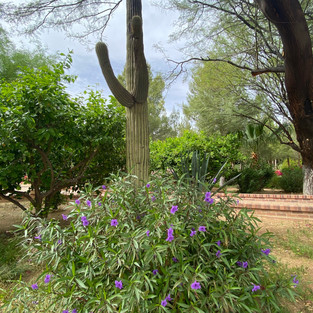






























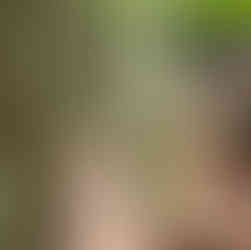


































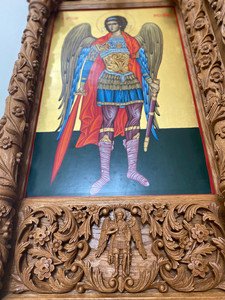












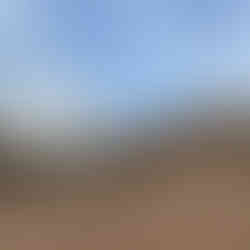














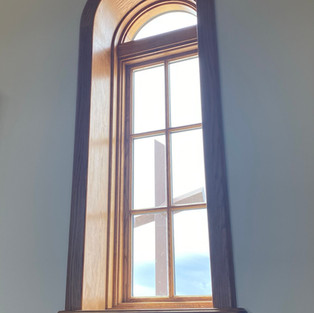



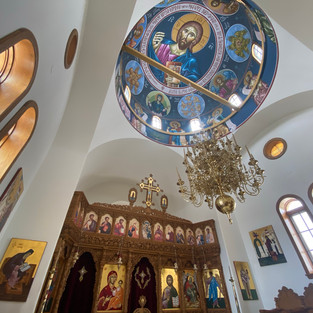







Comments